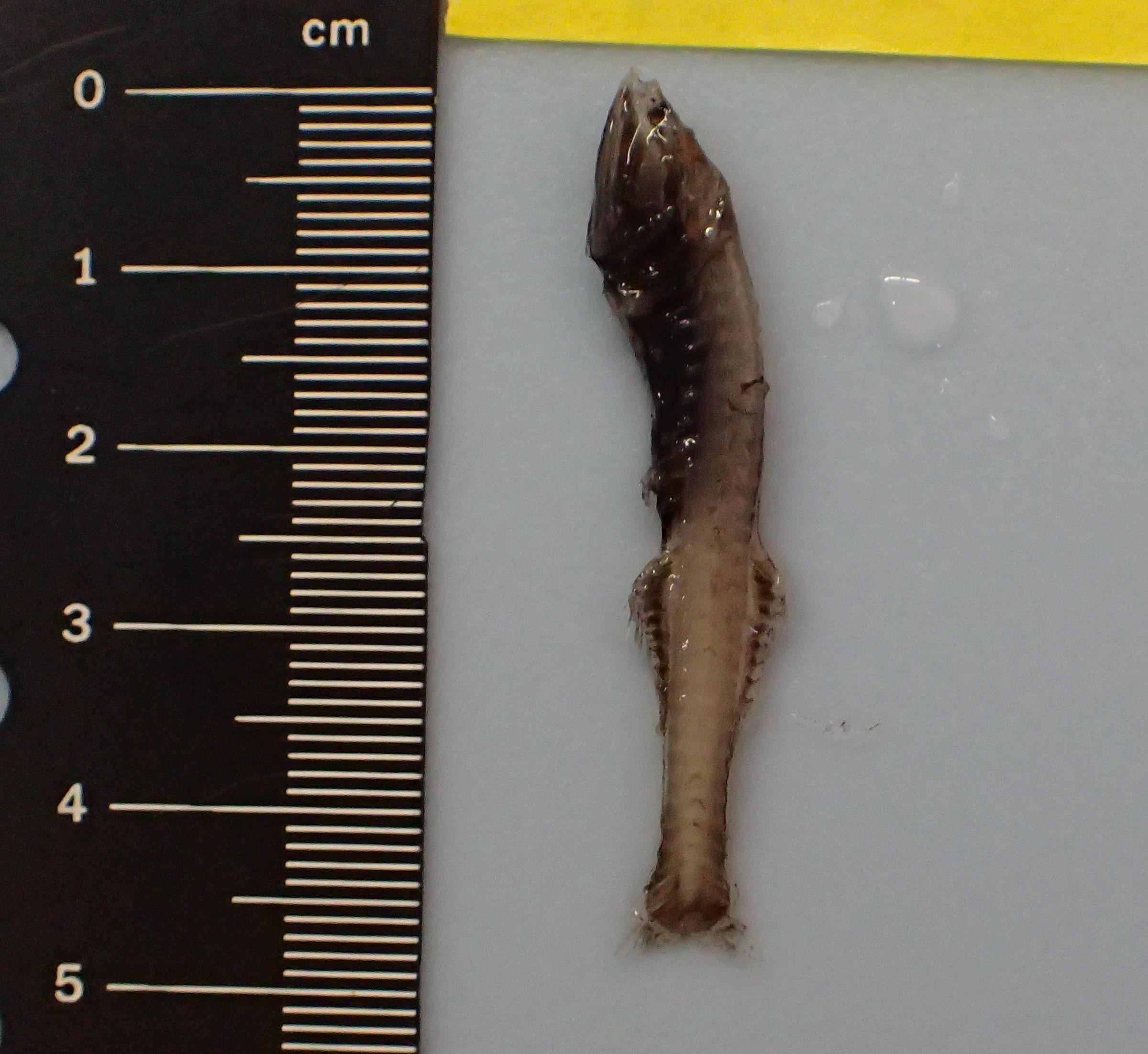|
Cyclothone Livida
''Cyclothone livida'' is a species of ray-finned fish in the genus ''Cyclothone ''Cyclothone'' is a genus containing 13 extant species of bioluminescent fish, commonly known as 'bristlemouths' or 'bristlefishes' due to their shared characteristic of sharp, bristle-like teeth. These fishes typically grow to around 1-3 inche ...''. It is found in the Eastern Atlantic Ocean. References Gonostomatidae Fish described in 1902 {{Stomiiformes-stub ... [...More Info...] [...Related Items...] OR: [Wikipedia] [Google] [Baidu] |
Ray-finned Fish
Actinopterygii (; ), members of which are known as ray-finned fishes, is a class of bony fish. They comprise over 50% of living vertebrate species. The ray-finned fishes are so called because their fins are webs of skin supported by bony or horny spines (rays), as opposed to the fleshy, lobed fins that characterize the class Sarcopterygii (lobe-finned fish). These actinopterygian fin rays attach directly to the proximal or basal skeletal elements, the radials, which represent the link or connection between these fins and the internal skeleton (e.g., pelvic and pectoral girdles). By species count, actinopterygians dominate the vertebrates, and they constitute nearly 99% of the over 30,000 species of fish. They are ubiquitous throughout freshwater and marine environments from the deep sea to the highest mountain streams. Extant species can range in size from ''Paedocypris'', at , to the massive ocean sunfish, at , and the long-bodied oarfish, at . The vast majority of Actinoptery ... [...More Info...] [...Related Items...] OR: [Wikipedia] [Google] [Baidu] |
Cyclothone
''Cyclothone'' is a genus containing 13 extant species of bioluminescent fish, commonly known as 'bristlemouths' or 'bristlefishes' due to their shared characteristic of sharp, bristle-like teeth. These fishes typically grow to around 1-3 inches, though some can be larger. They are most commonly found in the mesopelagic zone of the ocean, mostly at depths of over 300 meters (1,000 feet), and many species have bioluminescence. ''Cyclothone'' is believed to be the most abundant fish genus on Earth, with estimates that there are up to a quadrillion individuals (, or one million billion in the short scale). Their abundance is so large that they are also believed to be the most abundant genus of vertebrate on earth. Distribution and Habitat ''Cyclothone'' are found mostly in the open ocean at tropical to temperate latitudes. Within the water column, they reside in the mesopelagic zone (also sometimes called the Ocean Twilight Zone). ''Cyclothone'' fishes are found in the aphotic zon ... [...More Info...] [...Related Items...] OR: [Wikipedia] [Google] [Baidu] |
Atlantic Ocean
The Atlantic Ocean is the second-largest of the world's five oceans, with an area of about . It covers approximately 20% of Earth's surface and about 29% of its water surface area. It is known to separate the " Old World" of Africa, Europe and Asia from the "New World" of the Americas in the European perception of the World. The Atlantic Ocean occupies an elongated, S-shaped basin extending longitudinally between Europe and Africa to the east, and North and South America to the west. As one component of the interconnected World Ocean, it is connected in the north to the Arctic Ocean, to the Pacific Ocean in the southwest, the Indian Ocean in the southeast, and the Southern Ocean in the south (other definitions describe the Atlantic as extending southward to Antarctica). The Atlantic Ocean is divided in two parts, by the Equatorial Counter Current, with the North(ern) Atlantic Ocean and the South(ern) Atlantic Ocean split at about 8°N. Scientific explorations of the A ... [...More Info...] [...Related Items...] OR: [Wikipedia] [Google] [Baidu] |
Gonostomatidae
The Gonostomatidae are a family of mesopelagic marine fish, commonly named bristlemouths, lightfishes, or anglemouths. It is a relatively small family, containing only eight known genera and 32 species. However, bristlemouths make up for their lack of diversity with relative abundance, numbering in the hundreds of trillions to quadrillions. The genera ''Cyclothone'' (with 13 species) is thought to be one of the most abundant vertebrate genera in the world. The fossil record of this family dates back to the Miocene epoch. Living bristlemouths were discovered by William Beebe in the early 1930s and described by L. S. Berg in 1958. The fish are mostly found in the Atlantic, Indian, and Pacific Oceans, although the species ''Cyclothone microdon'' may be found in Arctic waters. They have elongated bodies from in length. They have a number of green or red light-producing photophores aligned along the undersides of their heads or bodies. Their chief common name, bristlemouth, comes ... [...More Info...] [...Related Items...] OR: [Wikipedia] [Google] [Baidu] |



